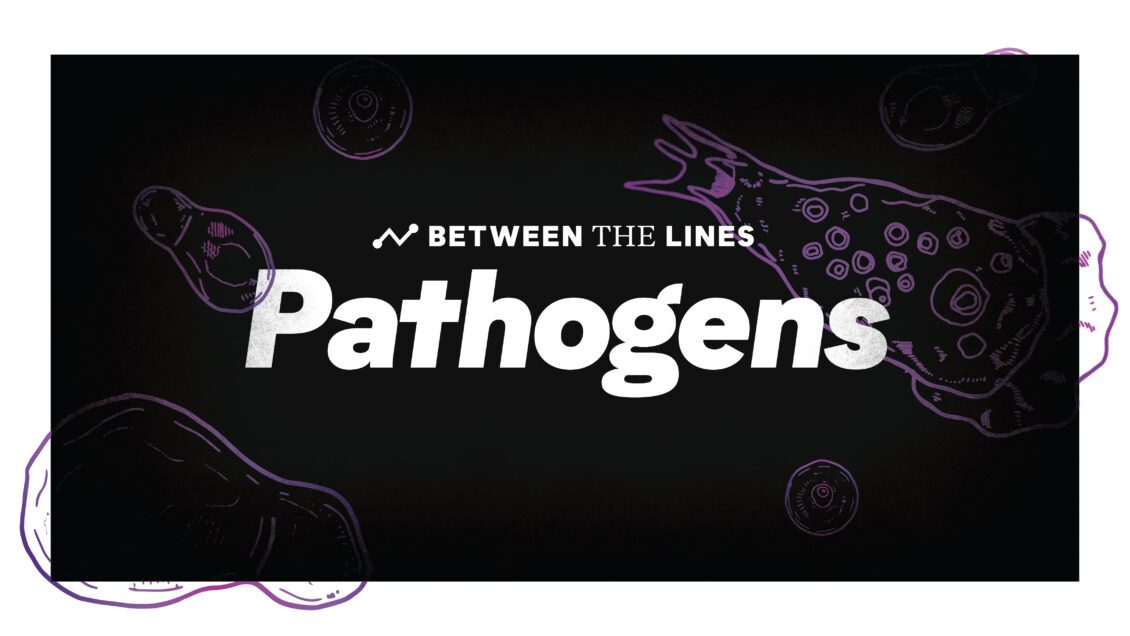Clemson’s EPIC researchers are working to better understand pathogens, so eventually the diseases they cause might be more easily eradicated.
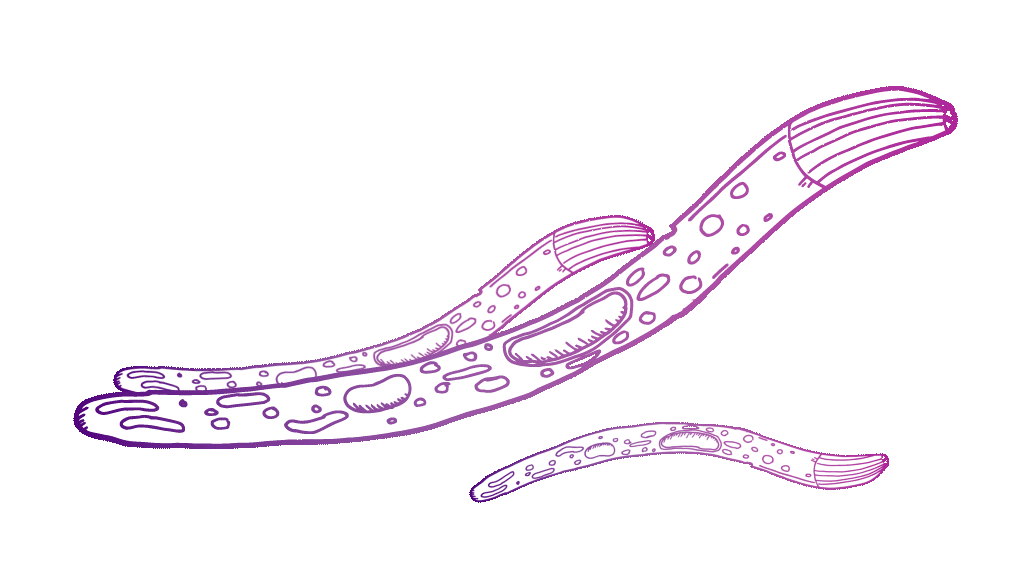
Malaria
This life-threatening disease is caused by parasites that are transmitted to people through the bites of infected female Anopheles mosquitoes. It is preventable and curable, but in 2021, there were an estimated 247 million cases worldwide. The estimated number of malaria deaths stood at 619,000 in 2021.
African sleeping sickness
Caused by parasites of genus Trypanosoma and transmitted by infected tsetse flies, this disease is endemic in 36 sub-Saharan African countries where there are tsetse flies that transmit the disease. Without treatment, the disease is considered fatal.
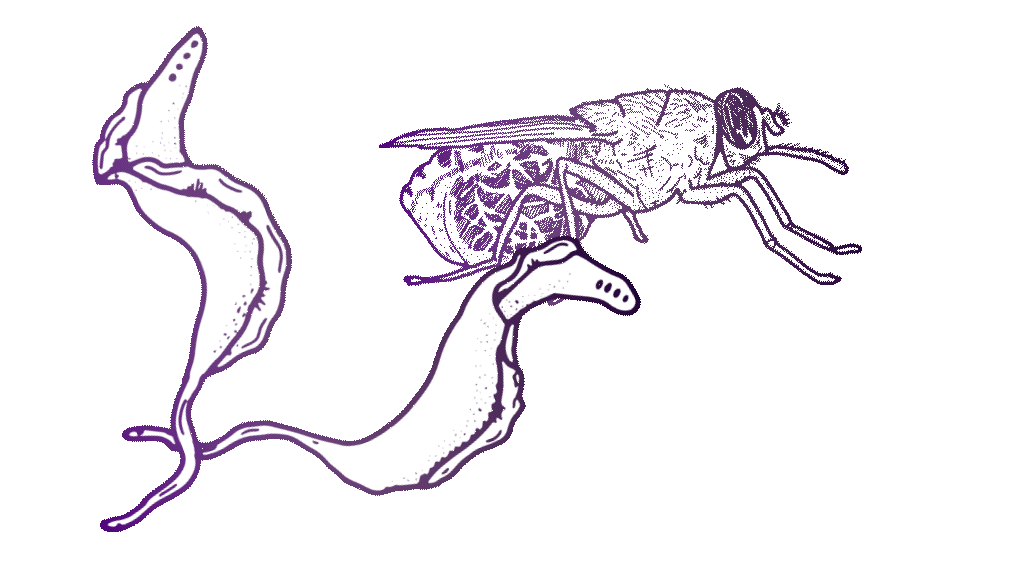
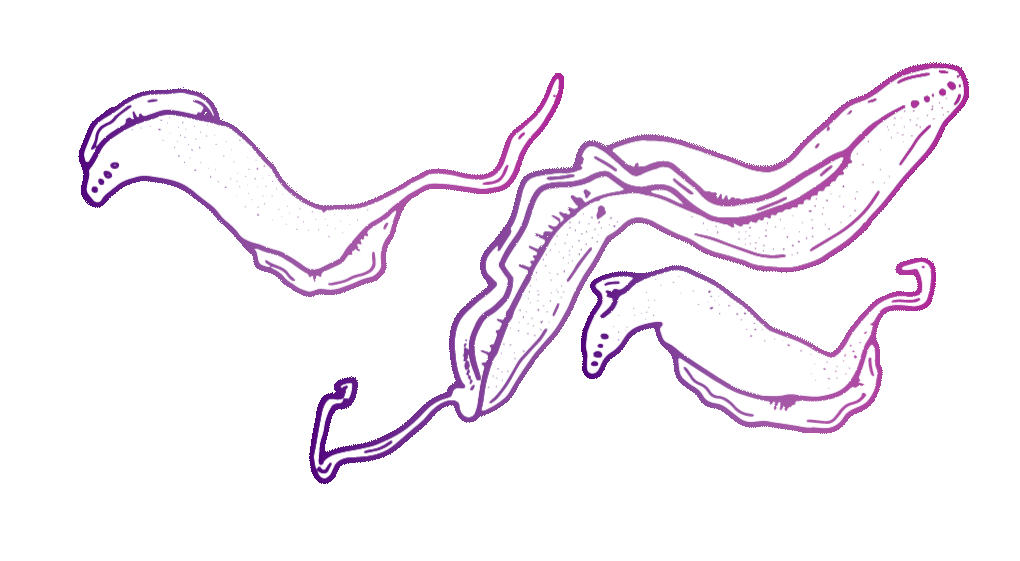
Chagas disease
Also known as American trypanosomias, this potentially life-threatening illness is caused by the protozoan parasite Trypanosoma cruzi. An estimated 6 to 7 million people worldwide are infected with T. cruzi although Chagas disease is found mainly in endemic areas of 21 continental Latin American countries.
Fungal meningitis
Caused by the pathogen, Cryptococcus neoformans, it is not common in the United States but may mimic acute bacterial meningitis and is often contracted by breathing in fungal spores that may be found in soil, decaying wood and bird droppings. It is not spread from person to person. Rather, it affects people with weakened immune systems, such as from AIDS, and it can cause death if not treated with an antifungal medicine. Even with treatment, fungal meningitis may come back.
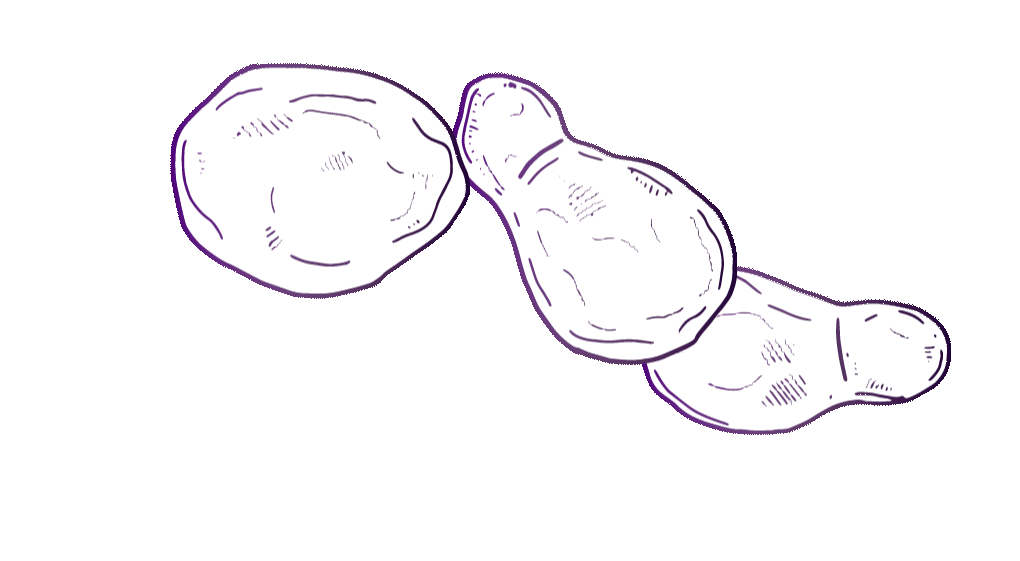
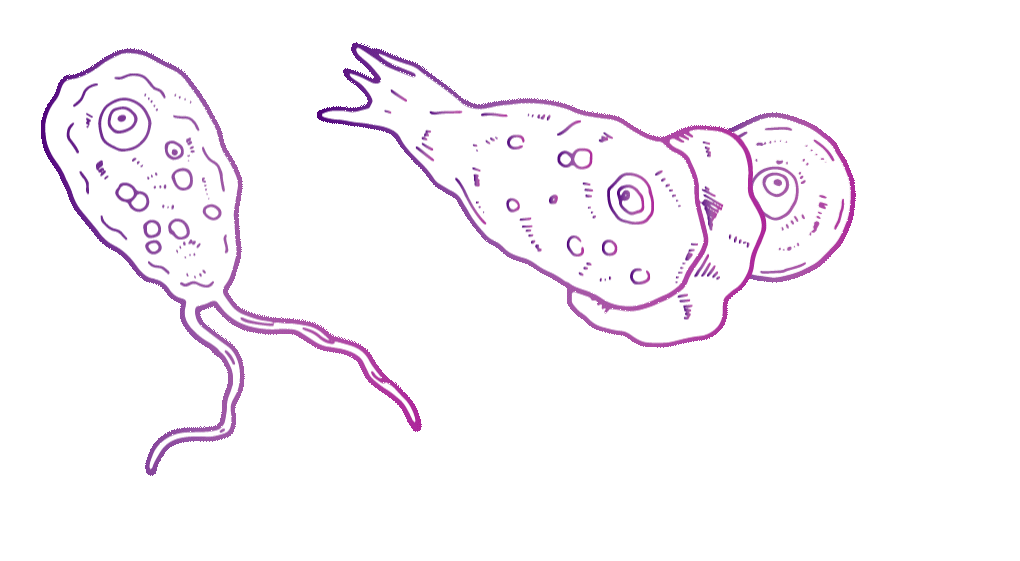
Brain-eating amoeba
The culprit for this disease is Naegleria fowleri, which lives in warm freshwater lakes, ponds and rivers. While the infection is rare, if water containing the amoeba is forced up a person’s nose during activities such as swimming, diving or dunking, the amoeba can travel to the brain, where it causes primary amebic meningoencephalitis. It is nearly always fatal — only four of the 152 people with confirmed cases in the United States during the past 60 years have survived.
Meet the professors of EPIC

Kerry Smith
Professor, Department of Genetics and Biochemistry
Research focus: Furthering the understanding of the fungus Cryptococcus neoformans, the most frequent cause of fungal meningitis

Cheryl Ingram-Smith
Associate Professor, Department of Genetics and Biochemistry
Research focus: Metabolic adaptation and morphological conversions in Entamoeba histolytica

Lesly Temesvari
Alumni Distinguished Professor, Department of Biological Sciences
Research focus: Advancing understanding of the molecular mechanisms regulating virulence in Entamoeba histolytica, specifically parasite-host interactions, stress response, vesicle trafficking and lipid rafts

James Morris
Professor, Department of Genetics and Biochemistry
Research focus: Understanding the molecular mechanisms employed by protozoan parasites for glucose metabolism to identify possible targets for drug therapy for the illnesses they cause

Meredith Morris
Associate Professor, Department of Genetics and Biochemistry
Research focus: Molecular mechanisms of the glycosome, which is an organelle found only in parasites, in trypanosomes

Kim Paul
Associate Professor, Department of Genetics and Biochemistry
Research focus: Fatty acid metabolism in trypanosomes
Get in touch and we will connect you with the author or another expert.
Or email us at news@clemson.edu

